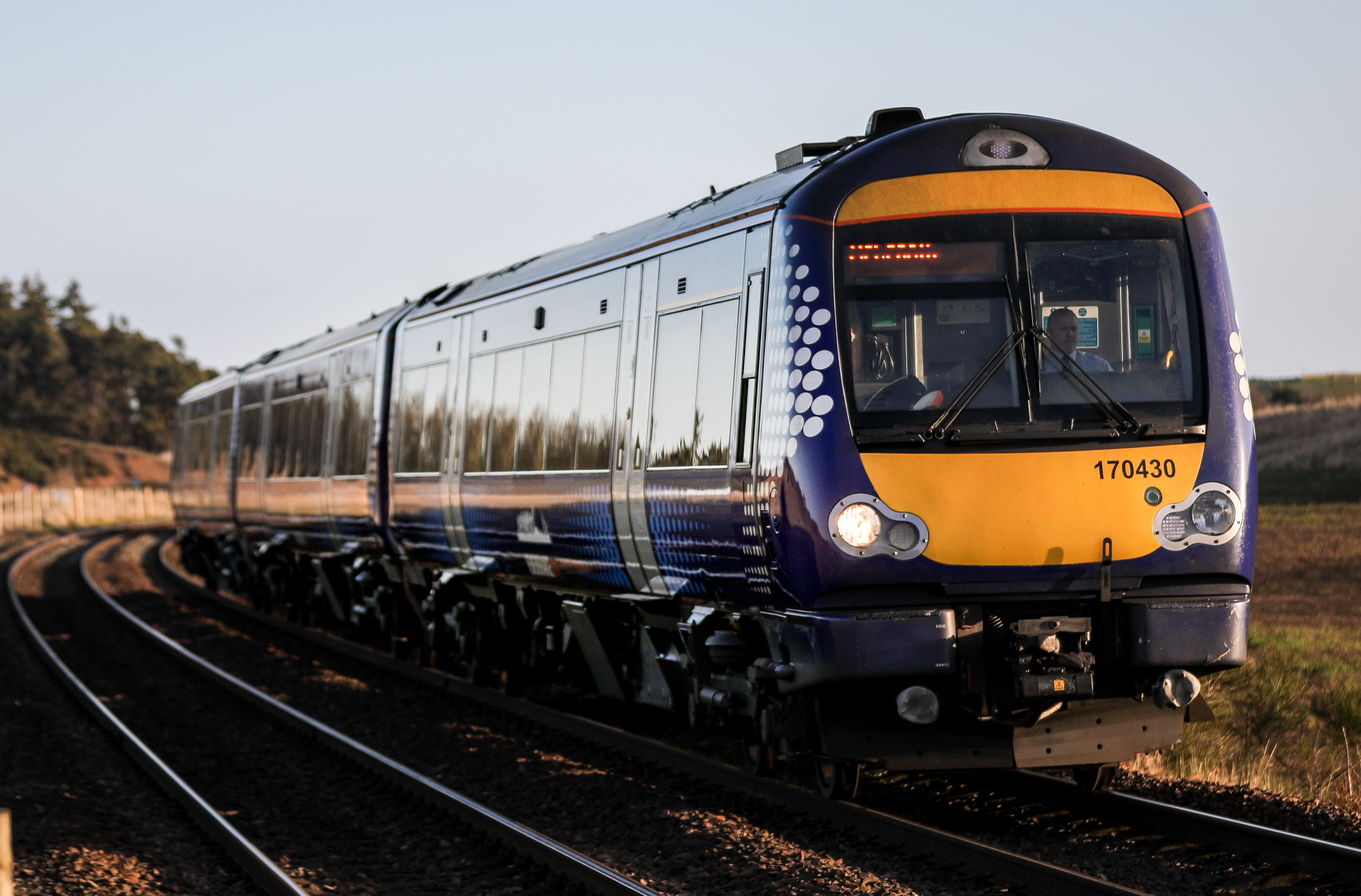
A tougher standard for punctuality will be introduced on Britain’s railways next month in an attempt to improve performance.
Train times will be recorded to the minute at every stop, whereas the current measure means a train is deemed to be “on time” if it reaches its final destination within five or 10 minutes of the timetable.
Punctuality across Britain sank to a 13-year low in 2018.
Industry body the Rail Delivery Group (RDG) described the new performance measures as the most transparent in Europe.
It said the information is already being used to reduce disruption, such as helping to prepare responses to seasonal conditions including autumn leaf fall, snow and high temperatures.
From April 1, train firms will publish a spread of information about their services, such as how many were early, within a minute of the timetable or within three, five, 10 or 15 minutes.
The proportion of trains cancelled will also be shown.
The existing five or 10-minute standard will continue to be published.
RDG chief executive Paul Plummer said: “Every second matters to us and our customers which is why rail companies have together developed and are now using these to-the-minute measures for train punctuality at every station as part of our plan to improve the railway today.
“Record investment to upgrade the railway, including the roll out of thousands of new carriages, will continue to help improve journeys over the coming years and in the shorter term, we’re using a more transparent measure of punctuality to help us cut delays and reduce disruption.”
CrossCountry has already begun specifically targeting “on-time” starts on routes from Cardiff Central to reduce the chance of delays to services running through its hub in Birmingham.
This has led to a 5.4% improvement in trains leaving on time compared with the same time last year, according to the RDG.
Anthony Smith, chief executive of watchdog Transport Focus, said: “Train timetables need to be a work of fact, not fiction.
“It is good to see train operators reporting true on-time performance to the minute at every station.”

Enjoy the convenience of having The Sunday Post delivered as a digital ePaper straight to your smartphone, tablet or computer.
Subscribe for only £5.49 a month and enjoy all the benefits of the printed paper as a digital replica.
Subscribe